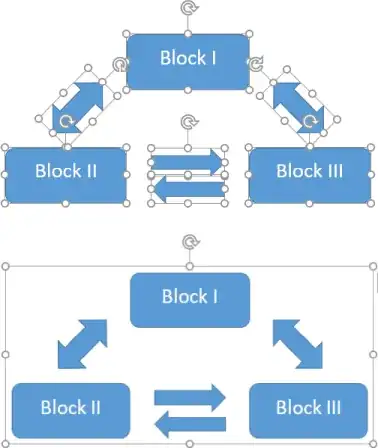To me, it is nonsensical to consider the identity of a node in the tree in an isolated manner.
Consider, for example, a drawing (or diagramming) application that lets you stamp out a number of shapes (boxes, arrows, whatnot). Each shape is an object that has its own properties (size, color) and operations (scale, rotate, etc.).
Now, suppose the application allows you to group these objects together. This group, this new, more complex picture, is a composite, and each individual object in the group can be seen as a "node". The key feature of the pattern is that it allows you to manipulate the group the same way you'd manipulate a standalone shape.

(Image modified from sources here)
So you see, while it's a tree of objects, the leaf nodes are not nonsensical on their own (and can in fact be used in a standalone way).Of course, the pattern could be applied in a domain that has nothing to do with diagramming. There may be no visual representation involved.
The point is not to make a tree (that is, although you do end up with a tree of objects, the key motivation behind the pattern is not specifically to make a tree data structure). The idea is to facilitate combining elements (or behaviors) that are already useful on their own into a more complex element (or behavior) that can be treated the same way as the standalone stuff by the calling code (since it has the same public interface).
In my example above, the code that allows the user to examine the properties of the objects, and to manipulate them, makes no distinction between simple shapes and composite (grouped) shapes - it just works with the "Component" interface, and it doesn't care what kind of component it is.

